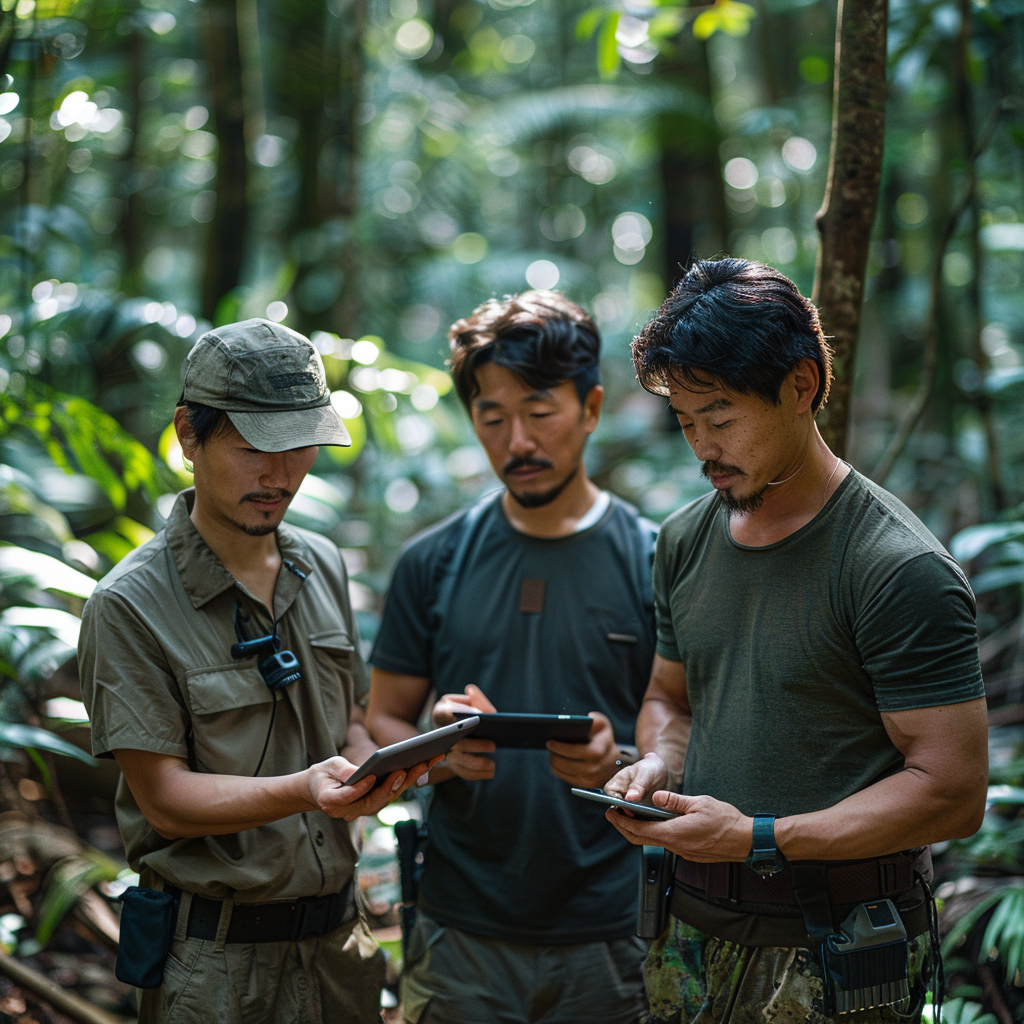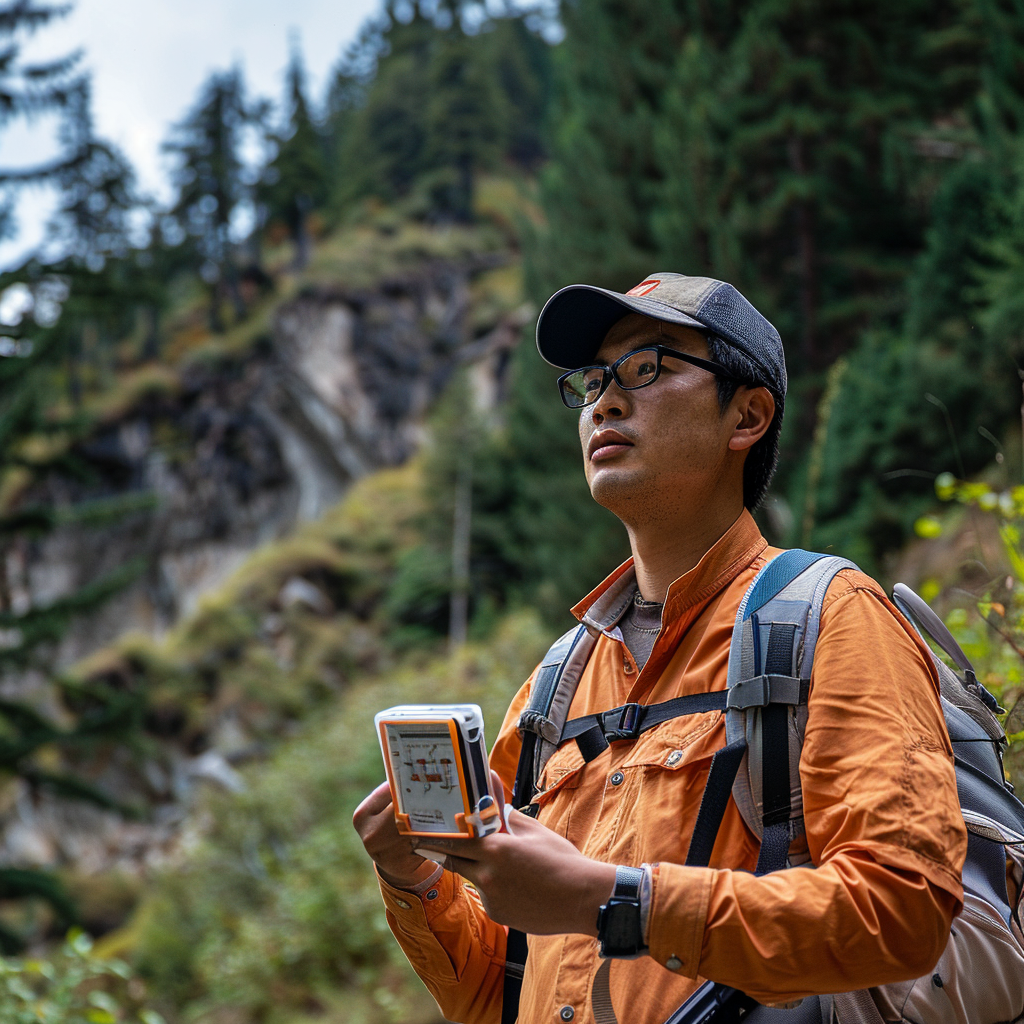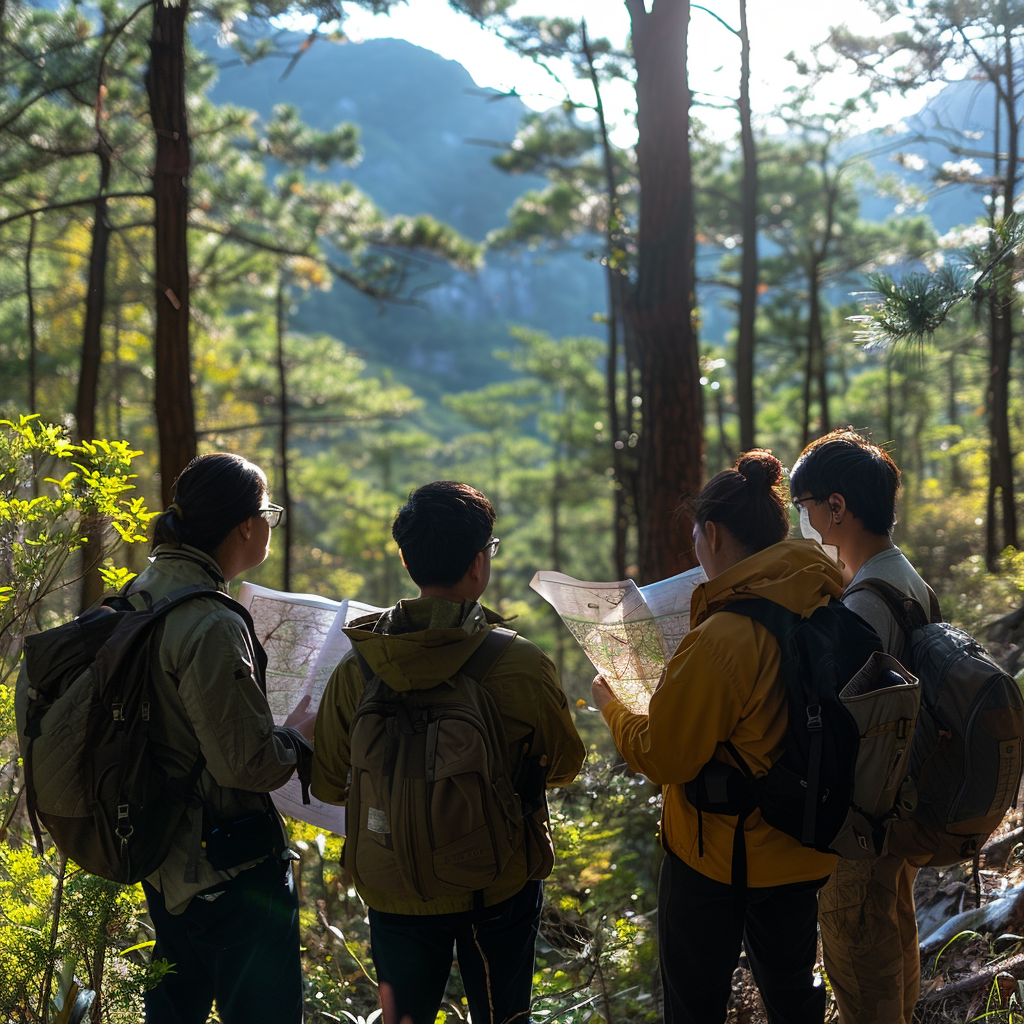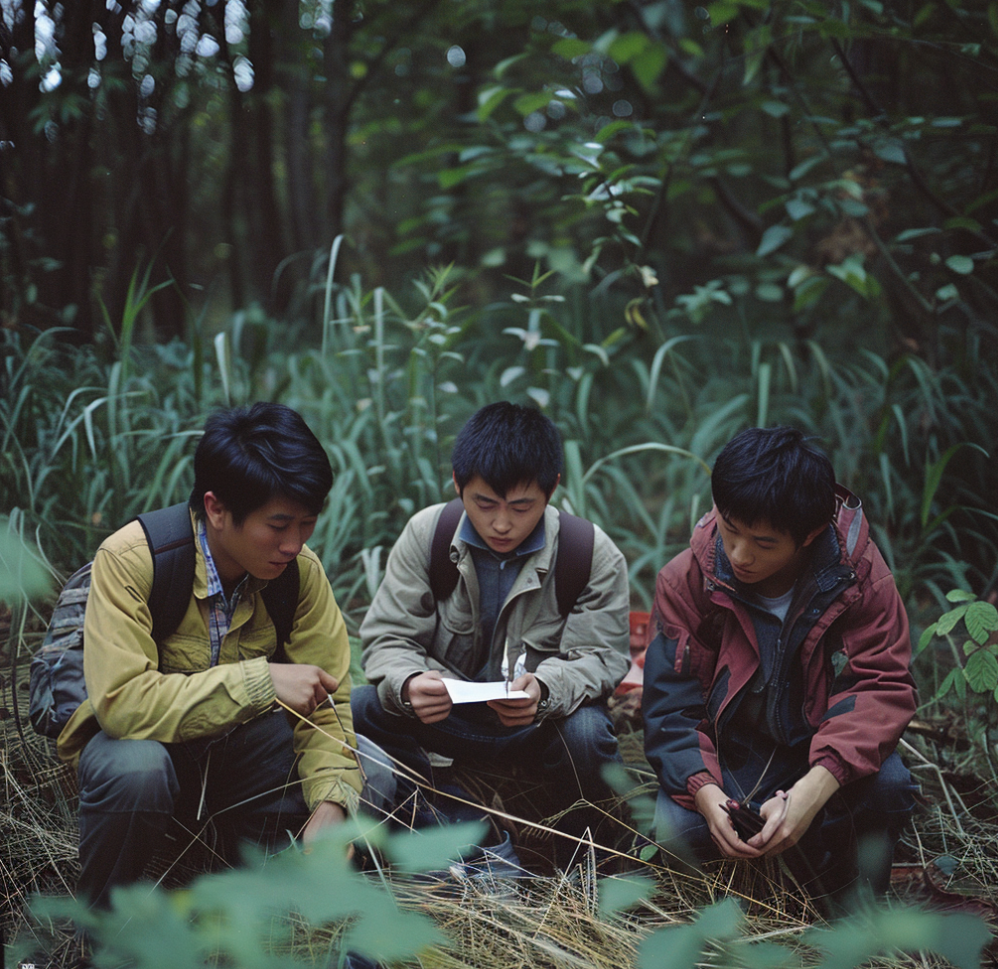发布:2025-07-02 浏览:0
在生态保护与经济发展深度交融的当下,森林不仅是树木的集合,更是蕴含巨大生态价值的 “绿色银行”。林业资产价格评估中,如何将森林调节气候、涵养水源、净化空气等无形的生态价值转化为可衡量的数字?从科学模型到实地调研,一套严密的量化方法正在揭开森林生态价值的神秘面纱。
In the current era of deep integration between ecological protection and economic development, forests are not only a collection of trees, but also a "green bank" that contains enormous ecological value. How to convert intangible ecological values such as climate regulation, water conservation, and air purification of forests into measurable numbers in the evaluation of forestry asset prices? From scientific models to field research, a rigorous quantitative method is uncovering the mystery of forest ecological value.
碳汇功能:用数字丈量 “绿色储碳库”
Carbon Sequestration Function: Digital Measurement of 'Green Carbon Storage'
森林作为陆地生态系统的 “碳汇主力军”,其固碳释氧价值是生态价值量化的重要部分。量化方法主要基于碳税法和造林成本法。碳税法通过估算森林固定的二氧化碳量,参照碳排放交易市场价格或国家规定的碳税标准,将固碳量转化为经济价值。例如,通过测定森林单位面积的碳储量增长率,结合区域森林总面积,计算出每年的固碳总量,再乘以碳税单价,就能得出森林固碳的经济价值。造林成本法则从另一个角度出发,测算人工造林吸收同等二氧化碳所需的成本,以此评估森林自然固碳的价值。这种方法需要详细统计苗木费、整地费、管护费等造林全过程成本,通过对比得出森林碳汇功能的经济贡献。
Forests, as the "main carbon sink" of terrestrial ecosystems, play an important role in quantifying their ecological value through carbon sequestration and oxygen release. The quantitative methods are mainly based on the carbon tax law and afforestation cost method. The carbon tax law estimates the amount of carbon dioxide fixed in forests and converts it into economic value by referring to carbon emission trading market prices or national carbon tax standards. For example, by measuring the growth rate of carbon storage per unit area of forest, combined with the total forest area in the region, the annual total carbon sequestration can be calculated, and then multiplied by the carbon tax unit price, the economic value of forest carbon sequestration can be obtained. The afforestation cost rule starts from another perspective, calculating the cost required for artificial afforestation to absorb the same amount of carbon dioxide, in order to evaluate the value of natural carbon sequestration in forests. This method requires detailed statistics of the entire afforestation process costs, such as nursery fees, land preparation fees, and management fees, to determine the economic contribution of forest carbon sequestration function through comparison.
水源涵养:解码森林的 “绿色水库” 效应
Water Conservation: Decoding the 'Green Reservoir' Effect of Forests
森林涵养水源的价值量化涉及多个维度。首先是水量调节价值,通过研究森林对降水的截留、下渗和蒸腾作用,测算森林增加的地下水资源量,再结合当地水资源的影子价格(即水资源稀缺情况下的替代成本),计算出这部分水资源的经济价值。例如,在山区森林生态系统中,森林可减少地表径流、增加地下蓄水,这些额外的水资源若用于农业灌溉或城市供水,其产生的效益就是森林水量调节的价值体现。其次是水土保持价值,森林通过根系固土、枯枝落叶层拦蓄泥沙,减少了河流、水库的淤积,降低了防洪、清淤成本。评估时,可通过监测水土流失量的减少,换算成减少的河道疏浚费用、水利设施维护费用等,量化森林在水土保持方面的生态价值。
The quantification of the value of forest water conservation involves multiple dimensions. Firstly, there is the value of water regulation. By studying the interception, infiltration, and transpiration of precipitation by forests, the increase in groundwater resources by forests is calculated. Then, combined with the shadow price of local water resources (i.e. the substitution cost in the case of water scarcity), the economic value of this part of water resources is calculated. For example, in mountainous forest ecosystems, forests can reduce surface runoff and increase groundwater storage. If these additional water resources are used for agricultural irrigation or urban water supply, the benefits they generate are reflected in the value of forest water regulation. Secondly, there is the value of soil and water conservation. Forests stabilize soil through root systems and retain sediment through layers of dead branches and leaves, reducing sedimentation in rivers and reservoirs and lowering the cost of flood control and dredging. When evaluating, the ecological value of forests in soil and water conservation can be quantified by monitoring the reduction in soil erosion and converting it into reduced river dredging costs, water conservancy facility maintenance costs, etc.

生物多样性:为 “生命乐园” 赋予经济意义
Biodiversity: endowing economic significance to the 'paradise of life'
森林是众多野生动植物的栖息地,维护生物多样性的价值难以估量,但仍可通过一定方法量化。直接市场法适用于有明确市场交易的生物资源,如林下经济作物、药用植物等,通过统计其产量和市场价格,计算出经济价值。而对于珍稀动植物等非市场化资源,可采用条件价值法。该方法通过问卷调查,了解公众为保护特定生物物种或生态系统愿意支付的金额,以此估算生物多样性的价值。例如,针对某区域特有的濒危鸟类栖息地,向当地居民和游客发放问卷,询问他们对保护这片栖息地的支付意愿,综合分析问卷结果,得出该区域森林在维护生物多样性方面的经济价值。
Forests are habitats for numerous wild animals and plants, and the value of maintaining biodiversity is difficult to estimate, but it can still be quantified through certain methods. The direct market method is applicable to biological resources with clear market transactions, such as understory economic crops, medicinal plants, etc., and calculates their economic value by calculating their production and market prices. For non market resources such as rare animals and plants, the contingent valuation method can be used. This method estimates the value of biodiversity by conducting a questionnaire survey to understand the amount of money the public is willing to pay to protect specific biological species or ecosystems. For example, a questionnaire is distributed to local residents and tourists to inquire about their willingness to pay for the protection of endangered bird habitats unique to a certain region. Based on the comprehensive analysis of the questionnaire results, the economic value of forests in maintaining biodiversity in the region is determined.
景观服务:量化森林的 “诗与远方”
Landscape Services: Quantifying the Poetry and Distances of Forests
随着生态旅游的兴起,森林的景观服务价值日益凸显。旅行费用法是常用的量化手段,通过分析游客前往森林景区的交通费用、门票支出、食宿花费等,结合游客数量,测算出森林景观服务带来的直接经济效益。同时,还可运用享乐价格法,研究周边房产因临近森林景区而增加的价值,间接反映森林景观对区域经济的贡献。例如,城市周边森林覆盖率高的区域,房价往往高于其他地区,这部分房价差值可视为森林景观服务价值的一种体现。
With the rise of ecotourism, the landscape service value of forests is becoming increasingly prominent. The travel expense method is a commonly used quantitative tool that calculates the direct economic benefits of forest landscape services by analyzing the transportation costs, ticket expenses, accommodation expenses, etc. of tourists visiting forest scenic spots, combined with the number of tourists. Meanwhile, the hedonic pricing method can also be used to study the added value of surrounding properties due to their proximity to forest scenic areas, indirectly reflecting the contribution of forest landscapes to regional economy. For example, in areas with high forest coverage around cities, housing prices are often higher than in other regions, and this difference in housing prices can be seen as a reflection of the value of forest landscape services.
森林生态价值的量化打破了 “绿水青山” 与 “金山银山” 之间的界限,让无形的生态效益转化为可感知、可交易的经济价值。这些量化方法不仅为林业资产价格评估提供科学依据,更为生态补偿机制建立、绿色经济发展决策点亮了指路明灯,让守护森林的行动真正 “有价可循”。
The quantification of forest ecological value breaks the boundary between "green mountains and clear waters" and "golden mountains and silver mountains", transforming intangible ecological benefits into tangible and tradable economic value. These quantitative methods not only provide scientific basis for the evaluation of forestry asset prices, but also light up the guiding light for the establishment of ecological compensation mechanisms and green economic development decisions, making forest conservation actions truly "valuable and traceable".
本文由林业资产价格评估友情奉献.更多有关的知识请点击:http://www.jyslpg.com我们将会对您提出的疑问进行详细的解答,欢迎您登录网站留言.
This article is contributed by the Friendship Contribution of Forest Resource Asset Evaluation For more information, please click: http://www.jyslpg.com We will provide detailed answers to your questions. You are welcome to log in to our website and leave a message




















